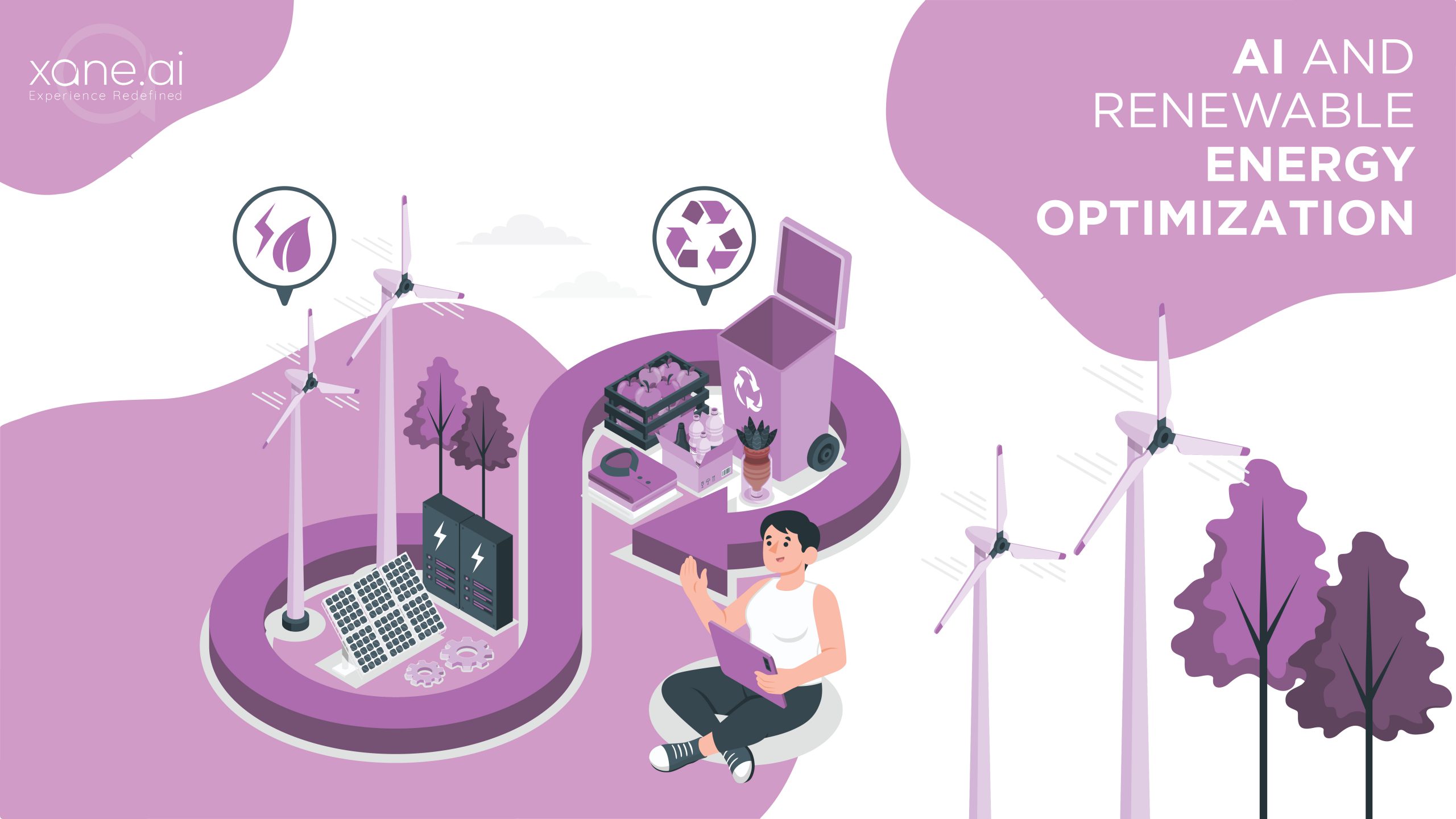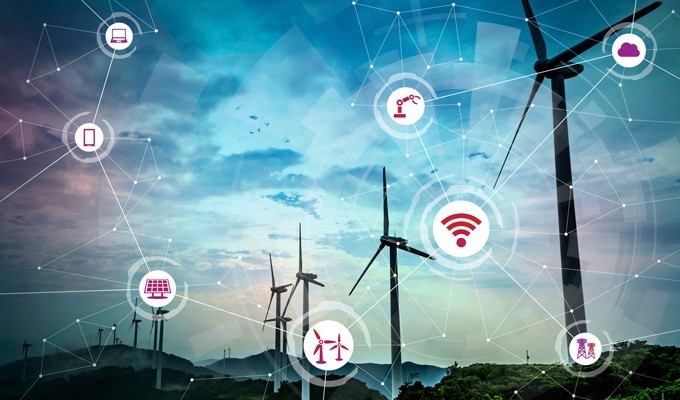
23 Jan AI and Renewable Energy Optimization
Blog by Khushi Ojha
As the sector grapples with the pressing issue of climate exchange, the transition to renewable energy sources has gained widespread momentum. Harnessing the strength of wind, sun, and hydroelectric strength has emerge as critical for reducing carbon emissions and mitigating the results of worldwide warming. To make this transition greater efficient and powerful, synthetic intelligence (AI) has emerged as a effective tool for optimizing renewable power systems. In this blog, we will discover the intersection of AI and renewable strength optimization, highlighting its capability to revolutionize the way we generate and utilize clean power.
The Challenge of Renewable Energy
Renewable energy sources which includes wind and solar are inherently variable and intermittent. Unlike fossil fuels, which can be controlled and changed primarily based on demand, renewable energy manufacturing is difficulty to weather conditions, making it challenging to satisfy the regular power needs of society. This intermittency frequently outcomes in electricity wastage and the need for backup energy resources, which can be generally fossil fuels, counteracting the environmental advantages of renewables.
.jpg)
The involvement of AI in Renewable Energy Optimization
AI technology, which includes device learning, information analytics, and predictive modeling, offer progressive answers to conquer the challenges related to renewable electricity. Here’s how AI is making a big effect in this zone:
- Predictive Analytics:
AI algorithms can examine ancient climate data, energy manufacturing styles, and intake trends to be expecting renewable strength technology. By watching for fluctuations, grid operators can higher manipulate energy distribution and storage, reducing waste and ensuring a stable power supply.
- Energy Storage Optimization:
One of the primary challenges in renewable electricity is storing excess power generated for the duration of peak production to be used all through low manufacturing intervals. AI allows optimize strength storage structures by means of predicting when to fee and discharge electricity storage centres, which includes batteries. This guarantees green power utilization and minimizes reliance on fossil gasoline backups.
- Grid Management:
AI-powered grid control systems can balance the supply and call for of power in real-time. By adjusting the distribution of electricity primarily based on current conditions, AI can prevent grid overloads, reduce transmission losses, and beautify the overall reliability of renewable power assets.
- Wind and Solar Farm Efficiency:
AI can optimize the operation of wind and solar farms via adjusting the orientation of solar panels or the pitch of wind turbine blades to maximize energy seize. It can also are expecting renovation wishes, reducing downtime and making sure continuous energy production.
- Demand-Side Management:
AI can analyze purchaser conduct and patterns to predict strength demand. Utilities can then inspire purchasers to use power in the course of off-top hours, reducing the need for additional electricity manufacturing throughout high-demand instances.
![]()
Case Studies
Several real-global packages of AI which are in renewable energy optimization spotlight its potential:
- Google DeepMind’s AI for Wind Farms:
Google’s DeepMind developed an AI gadget that advanced the electricity output of wind farms by means of up to twenty%. The AI version uses gadget getting to know to be expecting wind styles and adjust the angles of wind turbine blades for max strength generation.
- Solar Forecasting via IBM:
IBM’s Watson AI platform makes use of ancient climate facts, satellite imagery, and sensor records to expect sun strength generation with high accuracy. This technology facilitates grid operators combine sun energy more efficiently into the strength mix.
- Energy Storage at Tesla:
Tesla’s Power pack, Power wall and power storage answers comprise AI to optimize power usage and limit costs. These systems are integral in stabilizing renewable power grids.

In Conclusion
AI’s integration into renewable strength structures marks a extensive step in the direction of a sustainable and eco-friendly future. By addressing the intermittency and unpredictability of renewable electricity assets, AI permits greater green power technology, distribution, and utilization. As we keep to improve AI technology and leverage its competencies in renewable strength optimization, we flow closer to achieving our environmental goals and reducing our reliance on fossil fuels. The synergy among AI and renewable strength guarantees a purifier, extra sustainable global for generations to return.


